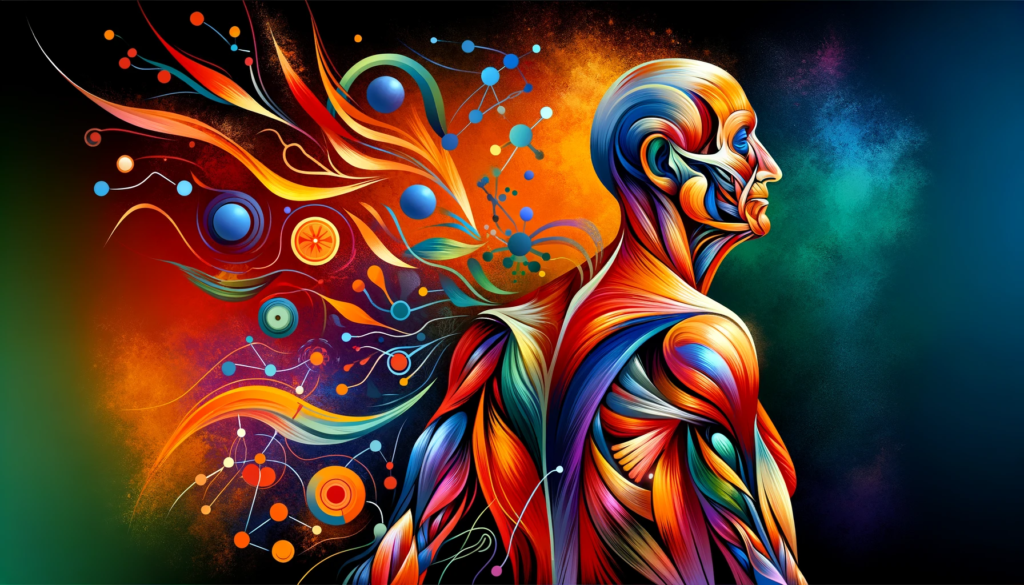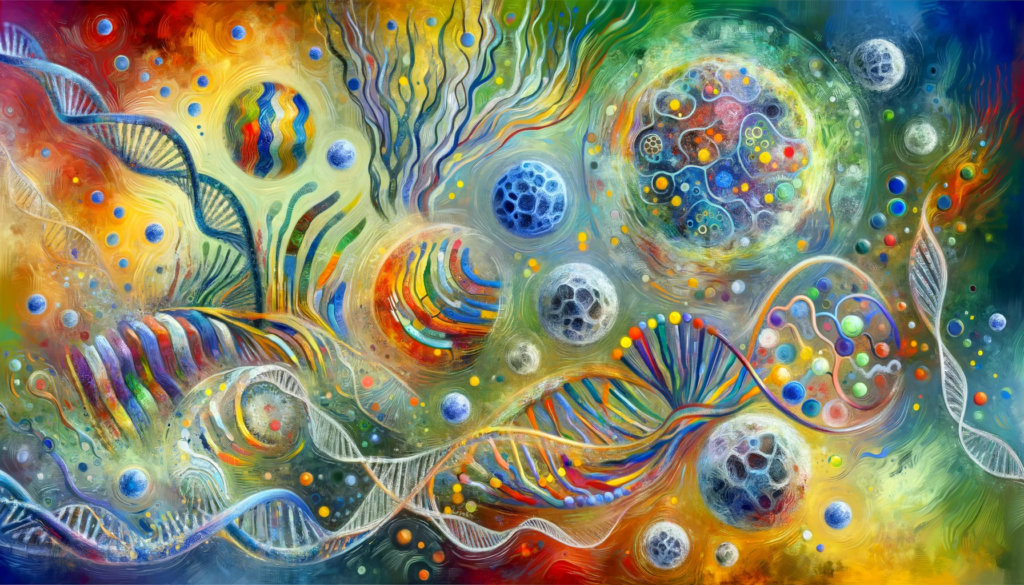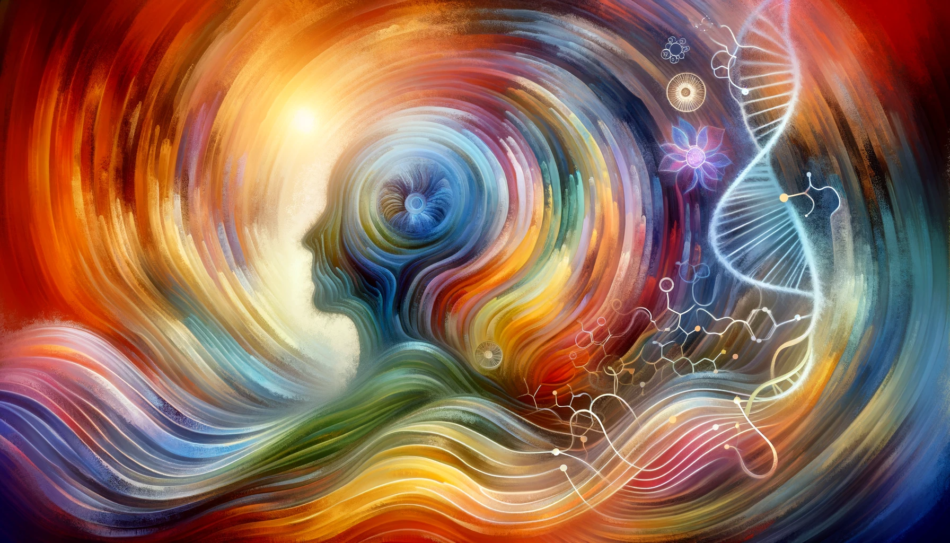Aging – it’s a journey we all embark on, yet it remains one of life’s great mysteries. Often, we think of aging merely in terms of wrinkles and gray hair, but it’s so much more. It’s a complex process that …
Aging – it’s a journey we all embark on, yet it remains one of life’s great mysteries. Often, we think of aging merely in terms of wrinkles and gray hair, but it’s so much more. It’s a complex process that involves our entire being, from the smallest cells to our overall physical and mental health. In this blog post, we’re going to explore the science behind aging – understanding what happens to our bodies and why. So, grab a cup of your favorite beverage, and let’s dive into this fascinating topic with warmth and curiosity!
Understanding the Biology of Aging
What Aging Is and Isn’t
When we talk about aging, it’s important to clarify what it is not – aging is not a disease. Instead, it’s a natural process that, admittedly, is the major risk factor for developing many chronic diseases. As we age, our body undergoes numerous changes, leading to declines in functionality and a reduced quality of life. But why does this happen?
Cellular and Molecular Changes
At the heart of aging are our cells – the building blocks of life. Over time, these cells undergo a process called cellular senescence. This means they lose their ability to divide and function properly. Interestingly, these cells don’t just fade away quietly; they can actively damage neighboring cells by secreting harmful molecules. But here’s a ray of hope: recent research has shown that removing these senescent cells can improve physical function and even extend lifespan!
Mitochondria, the powerhouses of our cells, also play a crucial role in aging. They can accumulate damage over time, leading to decreased efficiency and increased cell stress. This mitochondrial dysfunction is a significant contributor to the aging process.

Physical Changes with Aging
The Transformation of Our Bodies
As we continue our journey through aging, we encounter various physical transformations. These changes are not just external but deeply rooted in our very structure.
Joints, Muscles, and More
One of the most noticeable changes is in our joints and muscles. Remember how flexible and resilient you felt in your youth? Over time, our ligaments and tendons, which are essential for joint movement, become less elastic. This leads to the stiffness we often associate with getting older. These tissues also weaken, making us more prone to injuries, and unfortunately, they heal slower than they did in our younger days.
Muscle mass and strength also start to decline, beginning as early as our 30s. This process, known as sarcopenia, is influenced by factors like physical inactivity and hormonal changes. But it’s not all downhill from here. The good news is that much of this muscle loss is preventable! Regular exercise, especially strength training, can work wonders in maintaining muscle mass and keeping us strong and active.
A New Body Composition
Aging also brings changes to our body composition. On average, by the age of 75, our body fat percentage doubles compared to what it was in our younger years. This increase in body fat, coupled with a decrease in muscle mass, can affect our overall health and mobility. However, a balanced diet and consistent physical activity can help us manage these changes effectively, ensuring we remain healthy and vibrant.

Aging at the Cellular Level
The Intricate World of Our Cells
As we delve deeper into the science of aging, we find ourselves in the intricate world of cellular changes. These changes are not just superficial; they affect how our bodies function at the most fundamental level.
Mitochondrial Changes
Our journey begins with the mitochondria, often referred to as the ‘powerhouses’ of our cells. These tiny structures are crucial for energy production. However, as we age, mitochondrial DNA becomes more susceptible to mutations. These changes can lead to a decrease in cellular energy production and an increase in oxidative stress, significantly impacting the aging process.
The Role of Nuclear Architecture
Another key player in the aging process is the nuclear architecture within our cells. The nuclear lamina, a critical component of this architecture, undergoes alterations that may drive the normal aging process. Mutations in the genes that code for components of the nuclear lamina have been linked to various degenerative diseases. Interestingly, increasing certain components in aging mice has been shown to improve neural stem cell division and increase neuron numbers, offering a glimpse into potential anti-aging interventions.
Endogenous Cytoplasmic DNA and Aging
Our cells also contain endogenous DNA within their cytoplasm, which plays a role in aseptic inflammation. This type of inflammation, occurring without any pathogenic infection, is associated with the development of chronic diseases and marks a key aspect of immune senescence. The accumulation of this cytoplasmic DNA in cells is a hallmark of the aging process.

The General Process of Aging
Understanding Aging as a Whole
Aging isn’t just about individual cells or physical changes; it’s a holistic process that affects our entire being. It’s a journey that each of us goes through, marked by a progressive decline in our biological functions and our ability to adapt to metabolic stress.
The Role of Gerontology
Gerontology, the study of aging, seeks to understand this complex process. It’s not just concerned with the aspects of aging that lead to debility but rather with the wide range of phenomena that accompany this natural stage of life. Each species, including humans, has a unique life history where the individual lifespan is intricately linked to reproductive strategies and adaptations.
Embracing the Aging Process
As we understand more about the aging process, we can appreciate its complexity and beauty. Aging is not just a series of declines but a testament to the life we’ve lived and the experiences we’ve gathered. It’s a process that can be embraced with knowledge, positivity, and proactive steps to maintain our health and well-being.
Conclusion
In this journey through the science of aging, we’ve explored the various facets of this fascinating process. From the cellular changes that happen deep within our bodies to the physical transformations we observe, aging is an intricate and inevitable part of life. As we continue to uncover the mysteries of aging, we find more ways to live our lives to the fullest, at every stage. Remember, aging is not just about getting older; it’s about gaining experiences and wisdom along the way. So, let’s age with grace, embracing each moment with a spirit of curiosity and joy!


